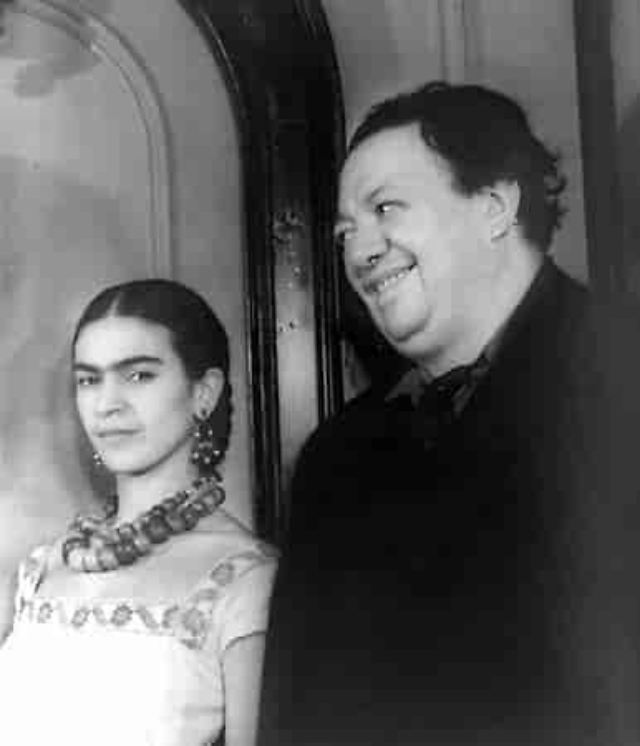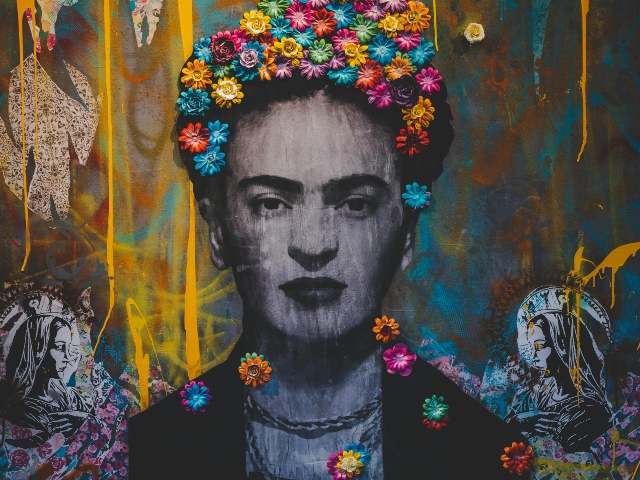
-
New Documentary Reveals A Different Side To Frida Kahlo [Trailer]
15 Mar 2024 by Heinrich in Art, Celebrities, Entertainment, Lifestyle, Video
[imagesource:befunky]
By the time she died at the young age of 47, Frida Kahlo left behind a huge body of paintings that drew on her personal trials and turmoil. But she never left us with a memoir.
Amid the ensuing global phenomenon known as “Fridamania”—in which the painter was immortalised in books and movies as a singular artist, fashion influencer, and queer icon—Kahlo’s own voice has remained largely absent, until now.
Frida, which premiered at the 2024 Sundance Film Festival, is an attempt to bring Kahlo back as she was.
Carla Gutiérrez directs the film, which tells the artist’s story through the written work she left behind, such as diaries, letters, essays, and print interviews. Additional research included looking through existing biographies and speaking with people like Kahlo’s great-niece and husband Diego Rivera’s grandson.
“The team that our producer Katia Maguire put together had to collect Frida’s writings—and they’re not in one central place. The Casa Azul museum has a lot of writings and photographs, but a lot of her letters exist in other places,” Gutiérrez told Artnet. “But we always saw the research as a way of freeing us creatively.”
The film’s first-person narrative is done by voiceover artist Fernanda Echevarría del Rivero in Kahlo’s native Spanish. It plays out alongside photos and footage of the artist, with the soundtrack done by Victor Hernandez Stumpfhauser.
The film opens with Kahlo’s childhood in Coyoacán, where she grew up with hopes of studying medicine. A devastating bus accident cut those dreams off, confining her to bed for months and leaving her with lifelong ailments. It was while recuperating that Kahlo began to paint.
Her initial foray into art was mostly personal portraits, which she showed to celebrated muralist Diego Rivera, whom she first met when he was creating a fresco at her school.
Kahlo used to call him her “toad” and he dubbed her his “dove.” They wed in 1933 and she traveled with him as he undertook commissions across the US.
The film further explores her homesickness during her time in the US, as well as her disdain for the New York elites who adored her husband. Gutiérrez also highlights the difficult choice that Kahlo had to make to terminate a pregnancy while in Detroit, for fear it would endanger her already bad health.
[image:norskeleksikon]
“Hearing that fragility and how scared she was of making that decision, that was new to me,” she said. “She was just a regular woman dealing with: ‘Is this going to change my marriage? What is my husband going to feel?’ That really made me love her more.”
Kahlo wasn’t one to mince words. While American benefactors irritated her, her greatest hatred was reserved for the French Surrealists, who were early supporters of her work – one famously described Kahlo’s art as “a ribbon around a bomb”.
“That was very surprising, how sharp her tongue was! Just the many ways she found to insult people that she did not like.”
In 1939, she went to Paris for a solo exhibition at the Renou et Colle Gallery, only to discover that she had nothing in common with the “Surrealist cacas.” She described their paintings as “a decadent manifestation of bourgeois art” and lamented that she had never painted her dreams. “I painted my reality.”
“The details of her life have been studied and examined; they’re well-known. I knew them all, but it was so surprising to hear how she viewed the world, how she interacted with the world, how she felt about everything,” Gutiérrez said. “It’s her perspective.”
Frida is now available to stream on Amazon Prime Video.
[source:artnet]
Latest News
-
Powerful South African Short Film ‘The Last Ranger’ Scoops Up Awards And International Praise
[imagesource: Cindy Lee Director/Facebook] A compelling South African short film, The L...
-
Caprice Summer Has Started With Brunch (But Better) This Saturday + Other Lush Camps Bay Parties
[imagesource: Instagram/cafecaprice] Is it just me or has Summer been taking its sweet ...
-
Notre-Dame Cathedral In Paris Restored And Ready For Grand Reopening After Devastating Fire
[imagesource:wikimedia] After five years of work and millions in donations, The Notre-D...
-
Self-Destructing Number Plates: The Future Of Gauteng’s Roads Or Spy-Tech Fantasy?
[imagesource:worldlicenseplates.com] What sounds like a James Bond movie is becoming a ...
-
I Changed My Relationship With Food And You Won’t Believe What Happened Next
[imagesource:supplied] As the festive season approaches, it's time to deck the halls, g...
-






























